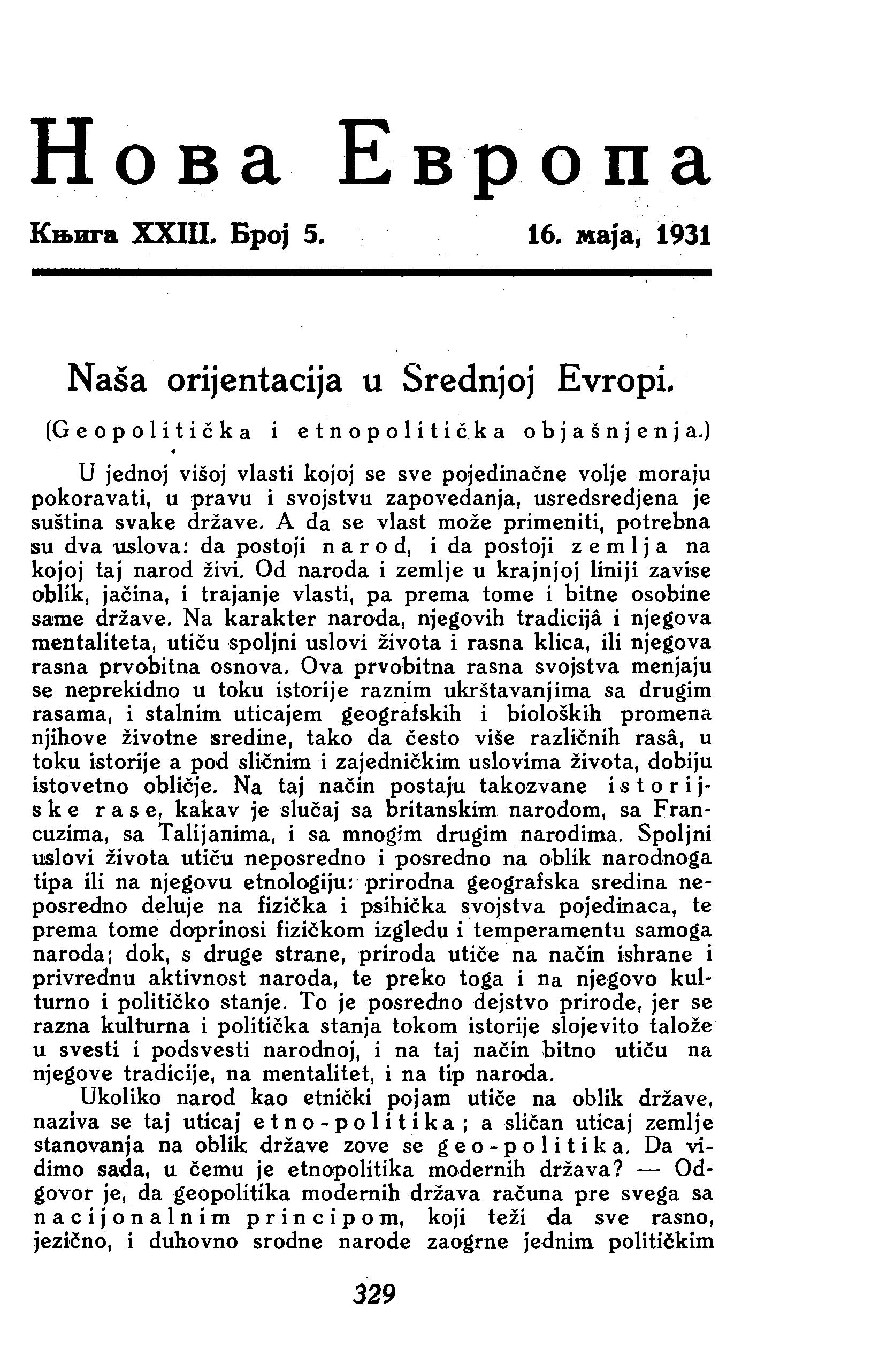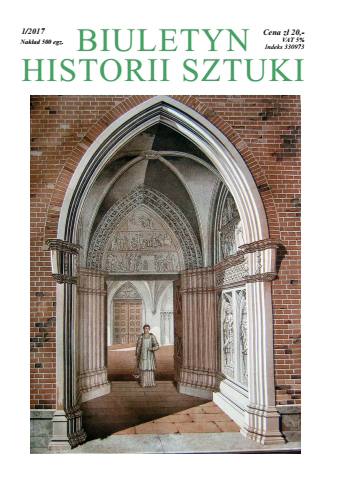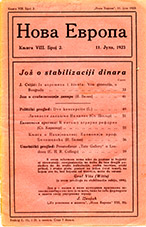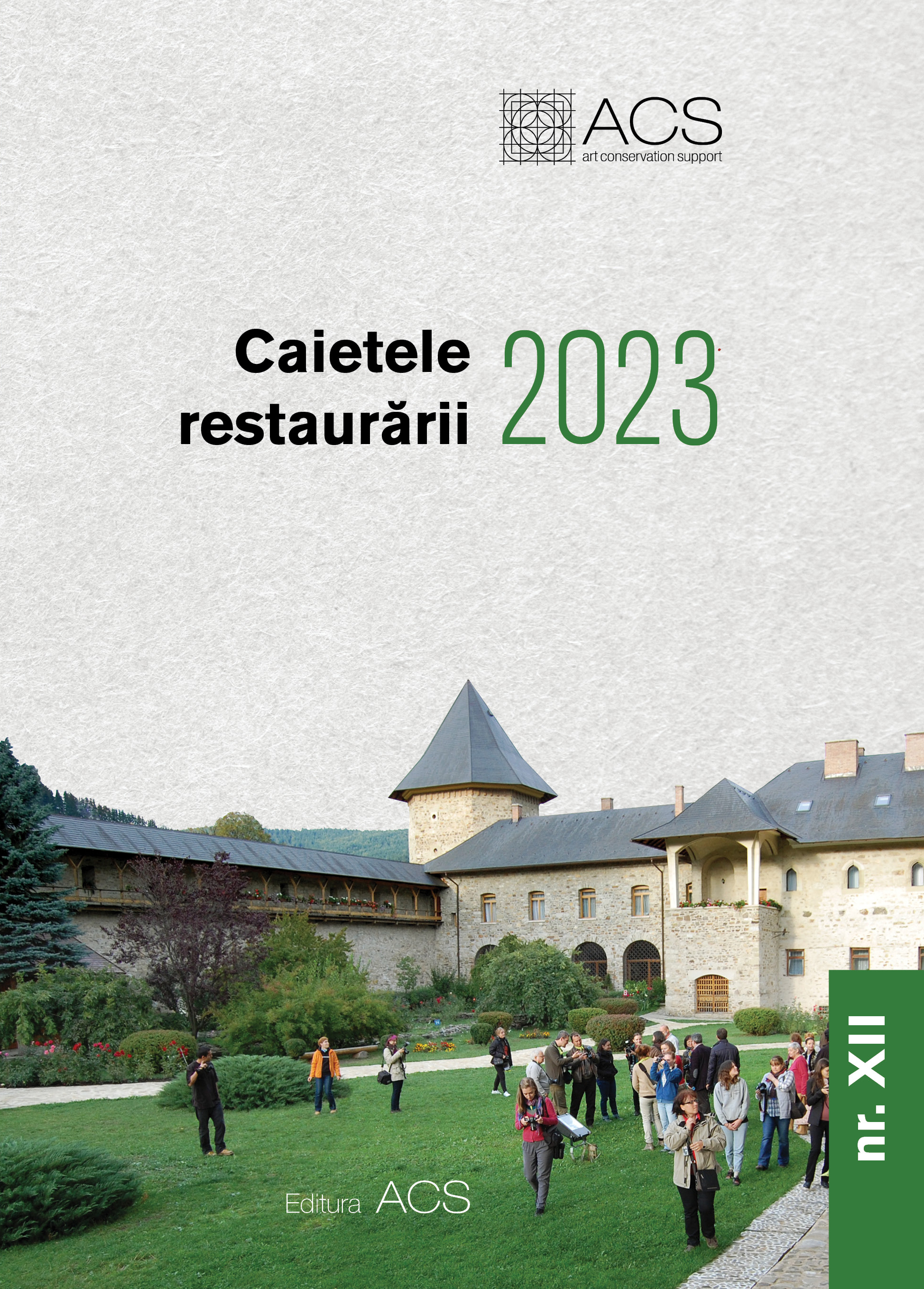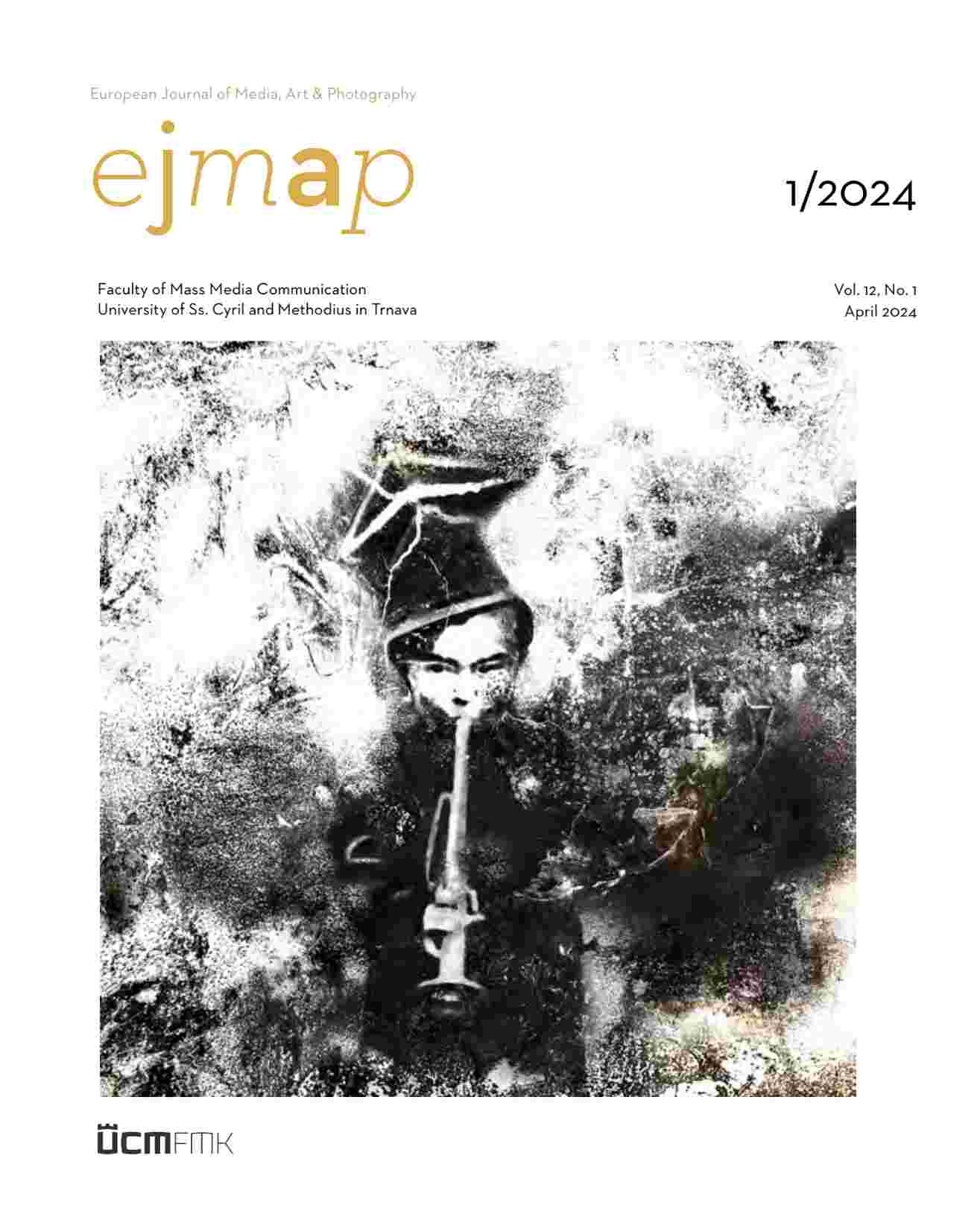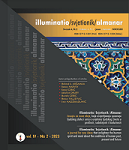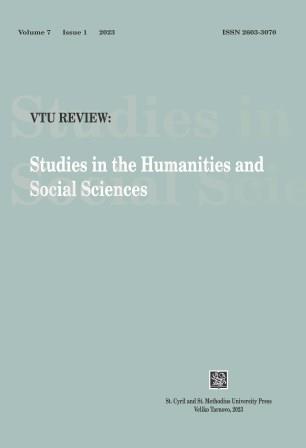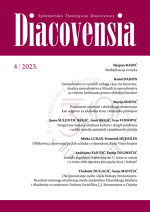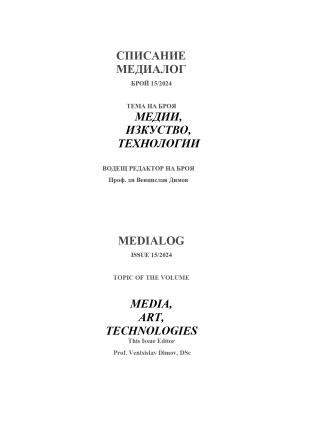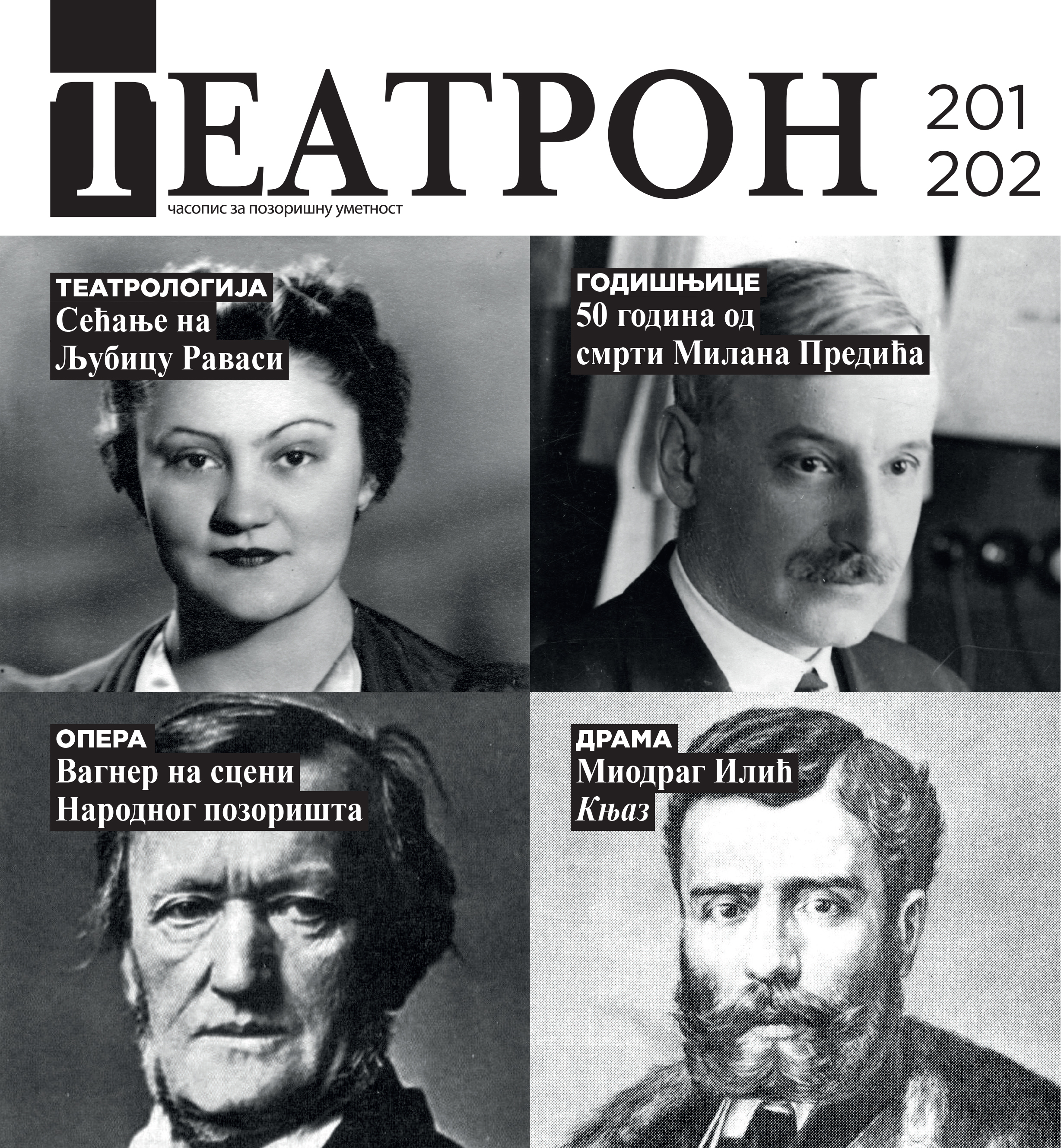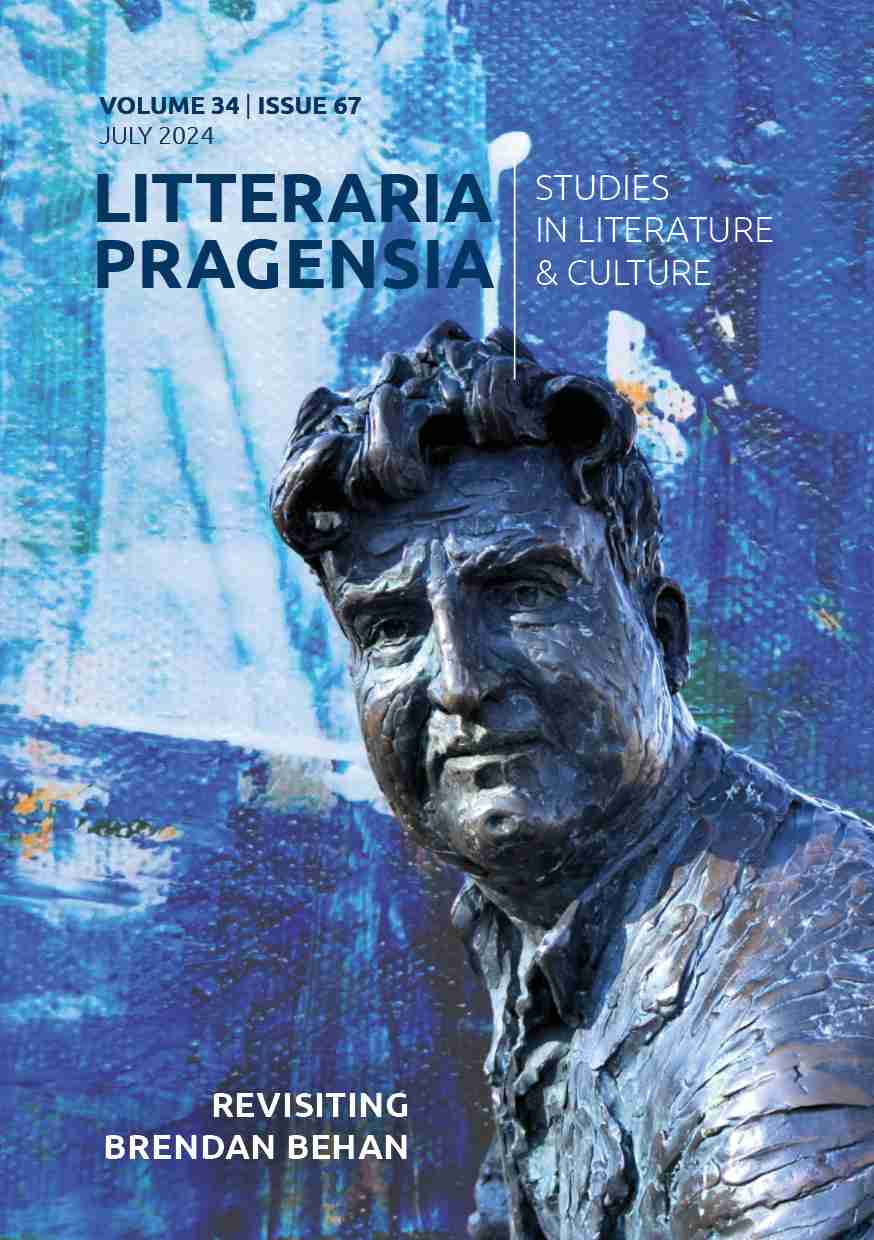Author(s): Peter Korček / Language(s): English
Issue: 1/2024
In his work, the author primarily focuses on the urban landscape and its impacts on human life. His entire documentary work is linked by a unified authorial idea. In the “Jungle City” cycle, he works with the visual counterpart of the current form of the Bratislava metropolis, full of transportation routes, dense modern development, and concrete surfaces. The means to create unexpected views of the city for him are carefully selected locations on the urban peripheries surrounded by dense vegetation – trees and wild grasses. He thus achieves a completely new view of Bratislava, in which it returns to the wilderness. The project “Quiet Sunday Afternoons in the Town by the Refinery” is the author’s reflection on the impacts of industry in the rural surroundings. The focal point is the technical structure of an oil factory, which covers a significant part of an otherwise tranquil landscape of a small Austrian town. However, through austere visual expression, Korček delivers an urgent message about the adverse impact of the factory on the ecosystem. As part of the series “Here Is Our Paradise”, which unifies the theme of lawns and trees, Korček addresses the disruption of the stereotype of urban housing estates through the small self-help interventions of their residents. While walking with a camera, he supplements these plants with various found mixtures of folk interventions placed in front of panel buildings. In the “Searching” series, he adopts the position of an observer of urban movement, consisting of figures of pedestrians in narrow rays of the low-lying sun. This time he works in the environment of New York, but unlike the previous series, he does not specify this location, only utilizing its elemental potential. Korček does not work with photographic effects; he fully utilizes the poetics of the chosen locations. He skillfully works with perspective, multiple plans, or the selection of a location. Through their specific combination, he succeeds in creating authentic images of the location, in which we still find a lot of personal fantasy.
More...
